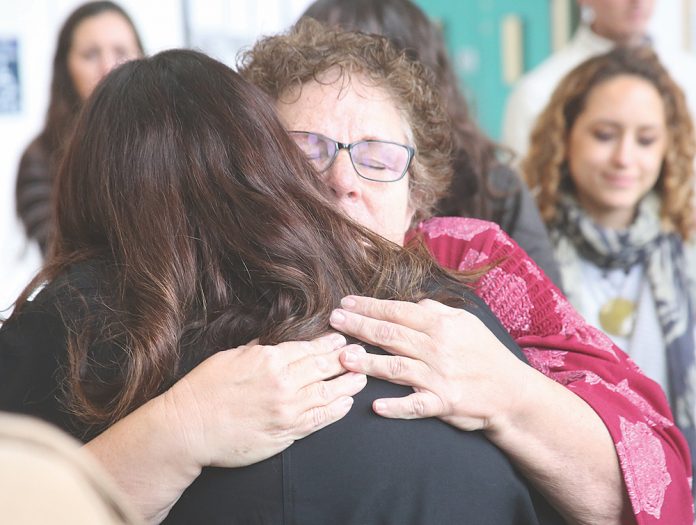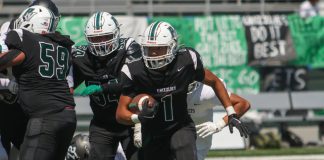It was a year dominated by news of the Covid-19 pandemic, since the news began to roll in on March 12. The crisis has hit businesses, schools, neighborhoods and people everywhere in the world. There are few vestiges of life that have not yet been upended by the restrictions placed by government agencies. It is for this reason that my mention of the crisis ends here, so I can focus on other stories that made an impression on me.
The murder of Sgt. Damon Gutzwiller
Perhaps the biggest news item to occur in Santa Cruz County was the June 6 shooting death of Santa Cruz County Sheriff’s Sgt. Damon Gutzwiller.
Police say that Gutzwiller was investigating a call of a suspicious vehicle parked in a turnout near Jamison Creek in the town of Boulder Creek. The van was leaving when deputies arrived, and followed it to a home on Waldeberg Road in Ben Lomond. The alleged shooter, Steven Carrillo, then ambushed them with gunfire and multiple improvised explosive devices.
Boogaloo
Carrillo claims to be part of an anti-government group called the Boogaloo Bois. Members say they are opposed to heavy-handed government control. The Anti-Defamation League (ADL) says that Boogaloo members built their movement around preparing for a civil war they believe will lead to the collapse of the U.S. government and society.
Carrillo and another Boogaloo member, Robert Justus, are suspected of a different attack on a federal building in Oakland on May 29.
Through some internet research, I was able to track down a member of that group. I am not quite sure what I expected, but the man I spoke with—he gave his name as Duncan Lent—surprised me with his well-reasoned arguments. I am not saying here that I either agreed or disagreed with him. But in my mind this is a reporter’s job: to listen and report the facts on both sides of the issues.
Lent told me that, because of the fact that I reached out to him–and that few other reporters bothered to interview a Boogaloo member at all—he had a newfound respect for journalists. That was one of my favorite moments in 13 years on this job.
CZU August Lightning Complex fires
The summer months were dominated by the CZU August Lightning Complex fires, which scorched 86,509 acres and destroyed hundreds of structures in the Santa Cruz Mountains.
In addition to the overwhelming loss, residents also had to worry about looters that prowled the unburned homes.
Thanks to our media credentials, Pajaronian photographer Tarmo Hannula and I were able to go into the evacuated areas to get a first-hand look at the devastation of the fires.
In one instance, Tarmo and I took a wrong turn and found ourselves on a narrow dirt road mostly blocked by a fire truck—manned by a single firefighter—as three houses burned around us.
We discovered homes flattened by flames, where the remnants of ordinary objects such as a piano, a golf cart and stacks of plates could be seen.
Such a privilege does not come without risks: police officers manning blockades make it clear that we will not be a priority, should we run into trouble.
Michael Escobar, from shooting to sentencing
I have been reporting on Michael Escobar since Oct. 14, 2014, when he and a group of fellow gang members gunned down a rival and killed 4-year-old Jaelyn Zavala in the crossfire. Their target was Ramon Rendon, who was shot 12 times.
Escobar’s attorney said during trial that his cliebnt was extremely drunk during the murder, and as evidence pointed out that he defecated in his pants. Prosecutor Johanna Schonfield dismissed that, calling it the “poopy pants defense.”
He was handed two life sentences without parole in February, and now resides in Pelican Bay State Prison, the state’s most secure maximum security correctional facility, reserved for the most high-risk inmates.






